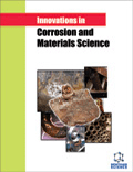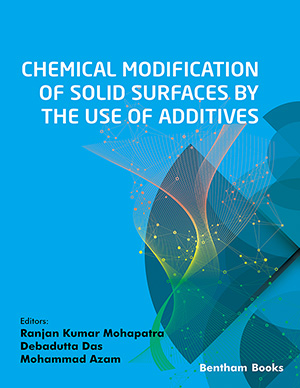Abstract
Background: Two techniques of laser optical interferometry have been reviewed for detection of crevice corrosion of low carbon steel samples in aqueous solutions. The first technique used an optical corrosion-meter to detect localized corrosion such as crevice corrosion, of the low carbon steel samples in seawater. The concept of the optical corrosion-meter was based on incorporating holographic interferometry and the cyclic polarization test. The second technique used a modified electrochemical noise technique based on holographic interferometry to detect crevice corrosion of the low carbon steel samples in 1 M of sodium hydroxide (NaOH) solution.
Objective: Emphasis on the significant role of the optical techniques of detecting crevice corrosion of carbon steel in aqueous solutions alongside to the DC methods.
Method: The optical corrosion-meter and the modified electrochemical noise technique were used in the present investigation.
Results: Observations of crevice corrosion of the carbon steel samples in seawater by the optical corrosion-meter were found to be in agreement with the cyclic polarization test. In addition, the modified electrochemical noise technique was found to be very useful for quantitatively distinguishing of localized corrosion, passivation, and uniform corrosion of the carbon steel samples in 1 M NaOH solution.
Conclusions: The optical techniques of detecting crevice corrosion of carbon steel in aqueous solutions were found efficient opto-electrochemical instruments for substantiating results of those DC methods.
Keywords: Electronic instruments, electrochemical properties, electromagnetic field, optical corrosion-meter, holographic interferometry, electrochemical noise technique, and opto-electrochemistry.
Graphical Abstract
 46
46 1
1 1
1







